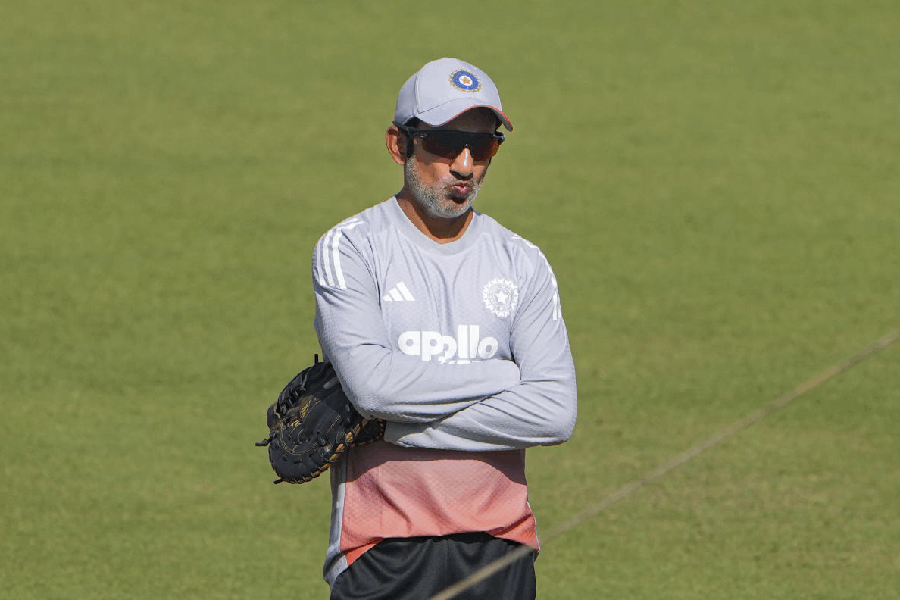 |
The city has witnessed a succession of cave-ins on busy roads over the past few days, making Calcuttans wonder whether the ground beneath their feet is sinking.
Civic engineers have said the cave-ins were triggered either by collapse of underground brick sewers or leaks in underground water pipes.
Engineers not associated with the Calcutta Municipal Corporation say there could be a third reason — waterlogging during the monsoon. Water seeps through a flooded road and weakens the soil below, leading to a cave-in.
Why the collapse?
Undetected leaks in the underground sewer and water lines are the two key causes of cave-ins, civic engineers say.
“The soil around a leak gets mixed with water from the sewer or water line and moves away, creating a vacuum. The soil from above comes down to fill the vacuum. The process gradually goes up to the top, triggering a cave-in,” an engineer explained.
“Regular digging of roads leads to cave-ins, too. Roughly 500 points across the city are dug up daily to repair or re-lay electricity, telephone, gas and other utility lines,” said an engineer.
While filling up a cave-in or a hole dug up by a utility, workers dump sand into it and pour water to make the sand dense and compact. “The water removes air bubbles between the grains of sand, making the layer compact. It, however, is still not completely devoid of air,” the engineer said.
When the water from a leak mixes with the sand, the layer becomes more compact. This reduces the area occupied by the sand, increasing the possibility of another cave-in. That explains why a part of a road that has once collapsed is likely to collapse again.
Are repairs to be blamed?
Partly, said a senior engineer at one of India’s largest private construction companies.
“It will be easier to detect problems at the core of a road if a little more time, money and effort are spent on post-monsoon repair of potholes and craters.”
Craters are usually filled with crushed bricks and levelled with a bituminous layer. The engineer suggested that before filling up a crater, the civic team should dig deeper to find out if there is any defect in the lower layers of the road. “If such a defect can be fixed before a crater is repaired, chances of a second cave-in will reduce considerably,” the engineer pointed out.
Civic engineers, however, ruled out such an approach because of want of money and time. “We are given a night to fix all potholes on a 2km stretch,” said a CMC engineer.
What other reasons are to blame?
Poor drainage and wrong gradient of a road are among the other reasons for frequent cave-ins, said the engineer working for the private company. Both factors lead to waterlogging, which destroys the bituminous surface of the road and leads to water seepage. “Seepage over a prolonged period will weaken the soil under the road and cause cave-ins,” the engineer said.
What to do?
A civic engineer said indiscriminate digging of roads has to stop. “Any company or individual digging up a road has to deposit a road restoration charge to the CMC. For open trench digging, the charge is Rs 4,500 a metre,” the engineer suggested.
“There should be a rule barring utility services from digging up roads at any time they want. Or the road restoration charge should be so high that companies are forced to finish work at one go instead of digging through the year.”
Are cave-ins a cause for alarm?
The cave-ins over the past week are not a cause for alarm. “Those seemed to me local problems. If a large section, say 15ft, of a very old underground pipe breaks, then there is a concern,” said Bhargav Maitra, a professor of civil and transportation engineering at IIT Kharagpur.











